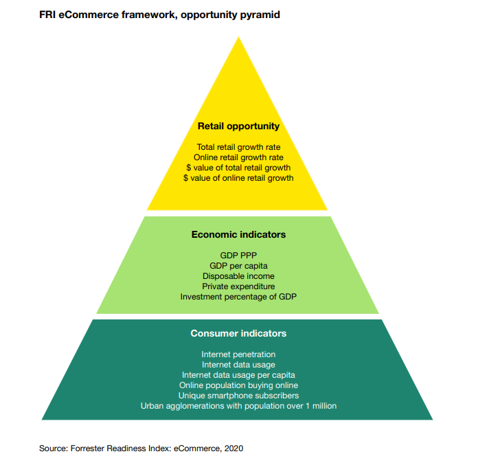
Gas stations and convenience stores — a retail segment with more than $650 billion in sales — are coming to terms with a world where fewer people smoke, buy fuel or need to ask for directions.
For much of their history, gas stations and convenience stores, which are usually intertwined, have been small, often independent businesses — a way to realize the American dream. But the industry is slowly going corporate and many stores are finding the old sources of profit are drying up.
The decline of cigarette smoking, the rise of GPS-enabled smartphones, the development of more fuel efficient vehicles, and other factors, are forcing gas stations and convenience stores to rethink how they draw customers in.
Convenience stores are so common across the United States that 93% of Americans live within just a few minutes of one. One out of every three stores in America is a convenience store. And most of them sell fuel. About 80% of convenience stores in the U.S. are also gas stations, and 80% of the fuel sold in the U.S. is sold at convenience stores.
Despite the size of the industry, it is rather overlooked and misunderstood. The fact that it is changing might be going unnoticed amid the radical alterations to the retail landscape elsewhere.
Smartphones enabled with maps means fewer people are stopping in convenience stores asking for directions or buying maps. Americans smoke fewer cigarettes, which were an important source of sales for convenience stores. Cars have become more fuel efficient and Americans are slowing turning toward electric and hybrid vehicles, which don’t require as much, or any, gasoline.
The gas and convenience businesses that are thriving are investing in food and more specialty retail. Regional chains such as Wawa, Sheetz, and RaceTrac are now competing with coffee shops and restaurants to protect themselves against changing consumer tastes.
Some smaller businesses though are having a hard time keeping up with the shift. More than 60% of convenience stores are independently owned. Companies with more than 200 stores grew in 2019, while companies with fewer than 200 stores shrank their store counts, according to the National Association of Convenience Stores, a trade group.
Some independent stores have managed the shift, but many lack the store space, funds or knowledge to invest in kitchens and other amenities. Those independent owners who are making the shift say being nimble and adaptive is the key to survival.

